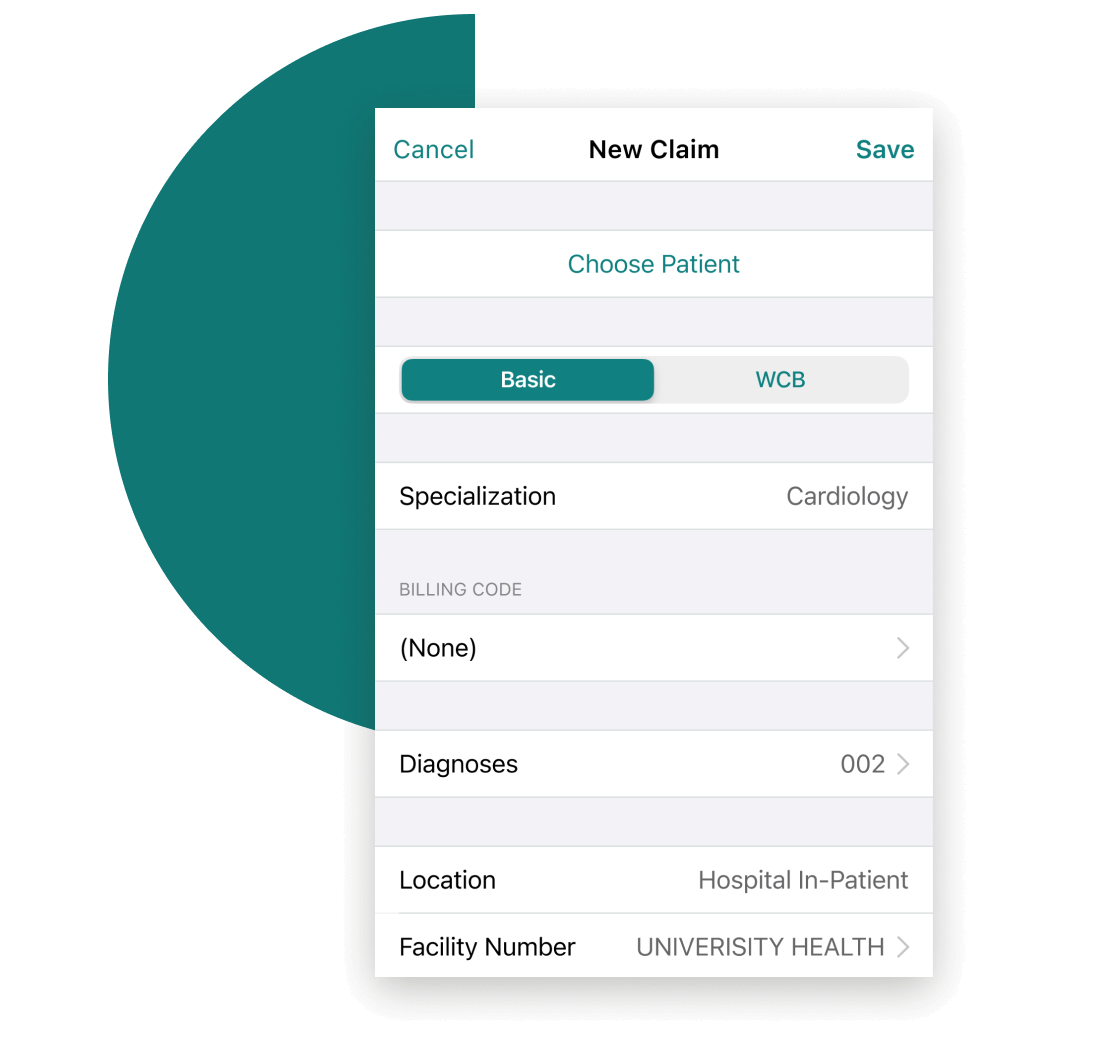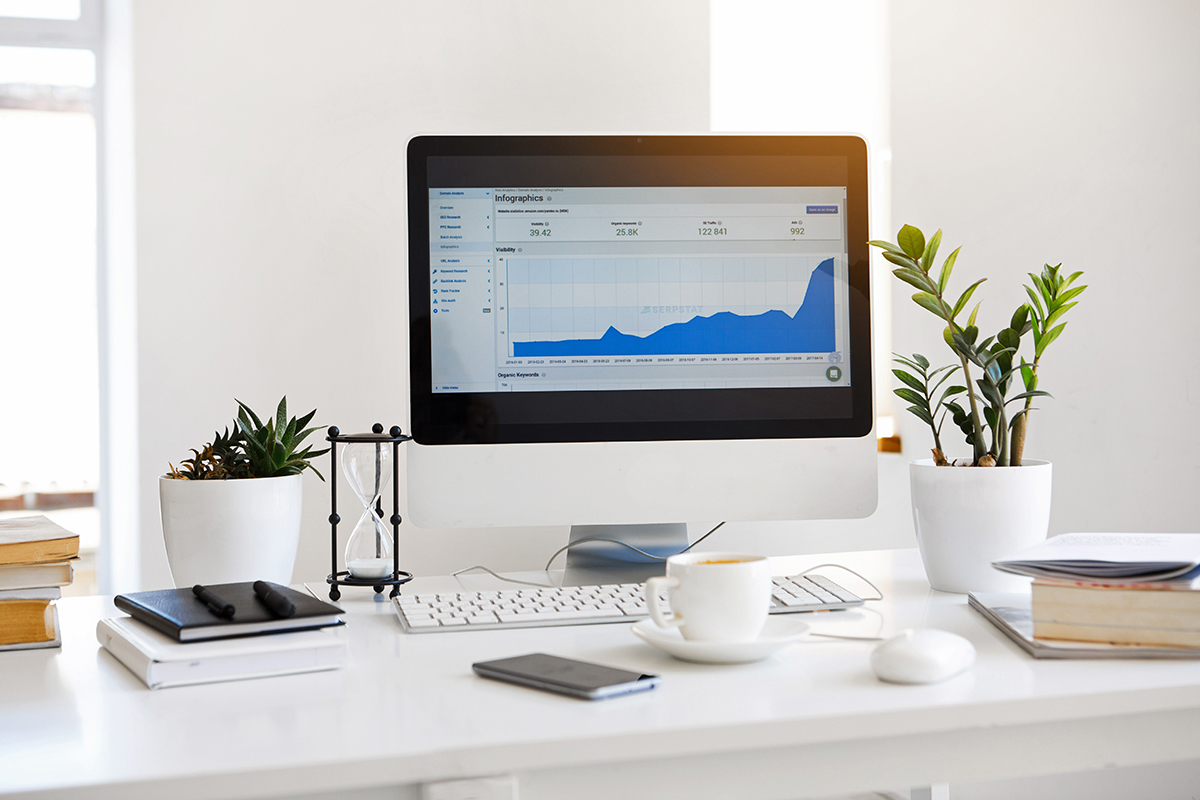The role of technology in healthcare has reshaped how we look at patient-care, hospital management, discovering and innovating better drugs, and predicting the course of treatment based primarily on data.
The importance of technology in healthcare is deeply-rooted. From the Internet of Medical Technology (IoMT), Artificial Intelligence (AI), and deep learning, technology is now paving its way to provide quick care management and in case of emergencies, reduce casualties by providing real-time access to patient history–all with a few taps on a screen.
Innovation has taken center stage. The primary goal of any technological advancement is to optimize current systems, ease physician’s work, and overall improve patient care reducing human error. The objective is to do all this by lowering costs and ensuring a seamless experience throughout.
The sheer desire to do better has propelled the healthcare IT industry to offer better treatments using big data, virtual reality, mobile technology, wearable medical devices, Telehealth, and more. Better data management and systems powered through artificial intelligence have made it easier for doctors to streamline their workflow and shift the majority of their focus on offering excellent patient care.
The importance of technology in healthcare cannot be overlooked. Listed below are some of the technological transformations that have changed the face of the healthcare industry thus far.
1. The Role Of Big Data In Healthcare
Big data refers to complex and large data sets that have to be carefully processed and analyzed to identify valuable information that can help form future policies and streamline processes. With respect to the healthcare industry, big data can help in the following ways:
- Better hospital staffing – Big data can study the current hospital admission rate and help the administration identify possible future admission rates (based on past data). Depending on the information, it can also highlight which facility might face the maximum admission allowing the hospital to better prepare and allocate ample staff and resources to manage all the patients. This reduces the emergency room wait times, saves money, and improves the overall quality of care.
- Fewer medication-related errors – By studying patient records, big data can analyze inconsistencies and flag any error or gap that’s coming between drug prescriptions and patient’s health. It can alert the doctors in advance if there is a potential risk of a medication error. For example, if a certain kind of medication is causing adverse effects in diabetic patients, big data analysis can highlight this so it can be avoided.
- Fostering preventive care – Often a large percentage of people coming to the emergency room are recurring patients (also known as “frequent flyers”). Big data can identify this section of patients and help the staff create preventive plans to keep them from coming regularly.
These are just a few benefits. Big data can help streamline a lot of regular processes, identifying and alerting when there are any gaps that may cause hiccups in patient care. This does, however, require an investment in hiring experts who can work with such large data–crunch numbers, identify patterns, and help hospitals better understand their market.
2. The Rise Of Wearable Medical Devices
The global wearable medical device market is expected to reach a market value of USD 27,255.6 million by 2023 from USD 7,859.4 million in 2017.
Back in the day, undergoing a physical once a year was considered enough. Patients would go to the doctor only when something went wrong. However, in the age of information and technology, patients are keener on prevention and maintenance instead of doing damage control. They’re demanding more updated information about their health more frequently.
Demand breeds innovation. Today, healthcare companies are being proactive and investing in wearable technology that can provide up-to-date data on a patient’s health and warn well in advance in case of a major health event. Some of these include:
- Exercise trackers
- Calorie trackers
- Heart rate sensors
- Sweat meters – mostly used by diabetics to monitor their blood sugar levels.
- Oximeters – monitors the amount of oxygen carried in the blood. This came in handy during the 2020 COVID-19 pandemic. It’s mostly used by people with respiratory illnesses.
Investing in these smart wearable devices can offer various benefits to the healthcare organizations such as:
- Some fitness trackers gamify the whole experience of staying fit by adding goals and awards that you win when you complete a certain activity. This encourages users to be mindful of their diet, nutrition, and exercise.
- These devices put the patient’s health into their own hands. They feel a sense of ownership and responsibility to track and improve their health.
- Information obtained from a wearable device can help insurers rate a patient’s risk for illness more accurately.
3. Offering Care Using Virtual Reality
Imagine telling someone a decade ago that you could cure their chronic pain with a device that’s somewhat identical to a video game?
“Research underlines the fact that pain is always felt in the brain and not in the extremity or body part where the cause might be. Distraction either with virtual reality or with any other engaging task that requires user participation will lead to less perception of pain at the central brain level,” says Gayatri Devi, MD, a neurologist at Lenox Hill Hospital in New York City.
10 years ago, technology like this was unthinkable – but not today. Virtual Reality (VR) holds a special place when we talk about the importance of technology in healthcare. Its countless applications are changing the way doctors are treating patients.
For example, consider pain management. Before Virtual Reality, most doctors didn’t have much choice but to hand out strong pain-killers to their patients who were in severe pain. But today, VR has given doctors the tool to help their patients better deal with pain. Dr. Falhad Allam from the Sunnybrook Health Sciences Centre in Canada is researching the use of virtual reality to help ease pre-surgery anxiety. He is leading a brand-new research project to help reduce the levels of pre-operative anxiety in patients and is currently one of the only hospitals in Canada researching virtual reality and its place in a health-care setting.
According to reports, the global healthcare Augmented and Virtual Reality market was valued at approximately USD 850 million in 2018 and is expected to generate around USD 5,115 million by 2025. Virtual Reality goes beyond just helping patients, it can also help surgeons plan complicated surgeries better and doctors can use the technology to hone their skills.
4. Blockchain Easing Transactions
At its core, blockchain is a digital ledger of all the transactions. This database is shared across a network of computers and it allows hospitals to share financial information with their suppliers in a secure environment.
While some people may not take Blockchain technology too seriously (believing it’s not going to have a significant impact) in reality, this technology might play a key role in keeping financial records and electronic health records accurate and safe.
According to research, blockchain in the healthcare market is expected to reach $890.5 million by 2023. So, it doesn’t come as a surprise when companies in the healthcare ecosystem are vouching and investing in this market.
5. The Wonders Of Telehealth
Telehealth services have come to the forefront in 2020 as the Covid-19 pandemic introduced a new way of seeing patients. Even when there’s no pandemic, Virtual Care is particularly beneficial to patients who live in rural or remote areas and can’t travel regularly to meet medical specialists.
For example, consider a patient with a contagious illness. Despite all the protective measures a patient takes, there’s still a risk that the illness might spread to others in the clinic. A video visit completely eliminates this risk. Patients who don’t have a communicable condition also benefit from Telehealth.
Conclusion
There is no debate about the importance of technology in healthcare. With the advancements of big data, wearable medical devices, virtual reality, blockchain, Telehealth, and more, healthcare practitioners across the globe are in a much better place to manage their patient’s in-hospitalization and post-hospitalization care. These technologies have significantly refined the processes. From predictive to preventive healthcare management, the objective is now to offer the best possible care, give enough and more information in the hands of the patients so that they can feel empowered about their health.
This article offers general information only and is not intended as legal, financial or other professional advice. A professional advisor should be consulted regarding your specific situation. While information presented is believed to be factual and current, its accuracy is not guaranteed and it should not be regarded as a complete analysis of the subjects discussed. All expressions of opinion reflect the judgment of the author(s) as of the date of publication and are subject to change. No endorsement of any third parties or their advice, opinions, information, products or services is expressly given or implied by RBC Ventures Inc. or its affiliates.

Solutions Designed For The Unique Needs Of Your Practice
Get a $150 Credit when you sign up for Dr.Bill*. No credit card required.






